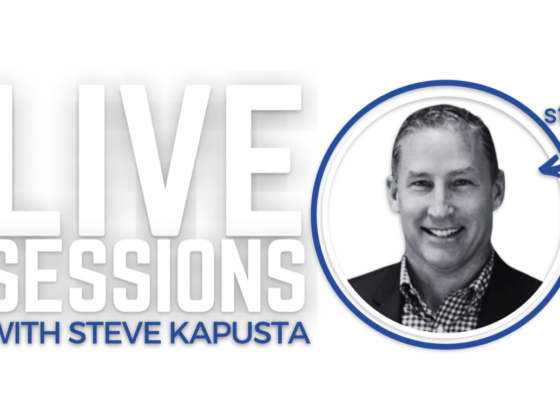Immigration is one of the hottest topics in politics and much of the White House’s rhetoric on the subject (including the latest announcement) centers around employment. While employers may not make the policies, they do carry a great deal of responsibility in ensuring their employees are eligible to work in the United States.
Let’s start with The Immigration Reform and Control Act (IRCA):
This is the foundation for the rest of the article. I-9 and E-Verify are simply tools to support compliance with the IRCA. Read the government info for the definitive legalese, but in a nutshell, this act prohibits employers from:
- Knowingly hiring unauthorized employees
- Keeping an unauthorized person employed once they know
- Knowingly falsifying an unauthorized individual’s paperwork
- Knowingly accepting falsified documents
- Discriminating against authorized workers due to national origin or citizenship status
- Refusing to honor appropriate documents
According to the U.S, Customs Control and Immigration, penalties for knowingly hiring or continuing to employ an unauthorized foreign national range from $375 to $16,000 per violation.
Notably, these sanctions, as well as the burden to supply an I-9, do not apply to independent contractors (ICs). Since inappropriately classing workers as IC’s can lead to hidden immigration risks, we’ll do our customary shout-out to proper worker classification here.
Form I-9
Form I-9 is a federal mandate for all employers. “Mandate” is short for: we’ll make you sorry if you don’t comply. An employer must submit the I-9 in accordance with the government’s guidelines.
It has three sections. In the first, the employee confirms that he or she is authorized to work in the U.S.
The second section is where employers confirm that they’ve examined the required documents to verify the employee’s identity and eligibility and that the documents appear genuine. This employer must be complete and sign this section within three days of the employee’s start date.
Employers complete the third section if they need to reverify an employee’s work authorization status or if an employee is rehired within three years of when the Form I-9 was originally completed.
Additionally, forms must be meticulously completed. Any inaccuracy can cause a fine. And yes, there are I-9 audits and they are on the rise.
Meeting the requirements of Form I-9 makes up the lion’s share of the administrative work when onboarding new or returning employees.
How does E-Verify work?
E-Verify is an additional tool to support employers with IRCA compliance. For certain federal contractors, using E-Verify is mandatory, but employers outside these parameters may choose to use E-Verify voluntarily in conjunction with Form I-9.
E-Verify allows employers to enter information into an online system and then compares the employee’s identification with government databases including the Department of Homeland Security and the Social Security Administration.
When everything matches, the employee gets confirmed. If something doesn’t match, it comes back with a tentative non-confirmation (TNC). From there, the employee can follow a process to update the information that caused the mismatch. Even when everything checks out, there is a formalized process to update everything within the government records. If something doesn’t check out, it can trigger loss of employment or an immigration event.
What are the challenges of using E-Verify?
Employers who choose to use E-Verify should know it increases the administrative burden within the company. Appropriate company representatives must be very knowledgeable and pass a test before implementing it in the workplace. Once implemented, it must be used consistently across all employees. This burden was particularly notable during the government shutdown, when E-Verify was inoperational, causing additional delays and headaches.
Additionally, President Trump expressed concern that it may be too tough for some employers. On a Fox interview (around the 5-minute mark) on Sunday, he discussed the possibility of using E-Verify as part of his immigration plan, but said, “The one problem is E-Verify is so tough that in some cases, like farmers, they’re not – they’re not equipped for E-Verify. […] I used it when I built the hotel down the road on Pennsylvania Avenue. I use a very strong E-Verify system. And we would go through 28 people – 29, 30 people before we found one that qualified.”
Employers aren’t the only ones affected, this Washington Post article claims E-Verify may hurt legal workers. Here at PayReel, we’ve seen legal workers end up with a mismatch through the system. It takes at least one live visit to the Social Security Administration to clear it up.
What now?
As long as we have people entering the country, we’ll be discussing the economics and ethics around immigration.
Employers must develop an effective compliance program to minimize liability or hire a partner to take on the liability.
About PayReel:
At PayReel, we minimize the time and effort it takes to get you ready for your project. Rely on PayReel to assume all of the risk associated with contingent workforce management and get back to the business at hand. We make sure everyone gets paid quickly and easily and have Client Relationship Managers on call around the clock to answer your questions. All you have to do is call 303-526-4900 or email us. The PayReel team makes live event, corporate media, and brand management payroll easier, faster, and seamless.






